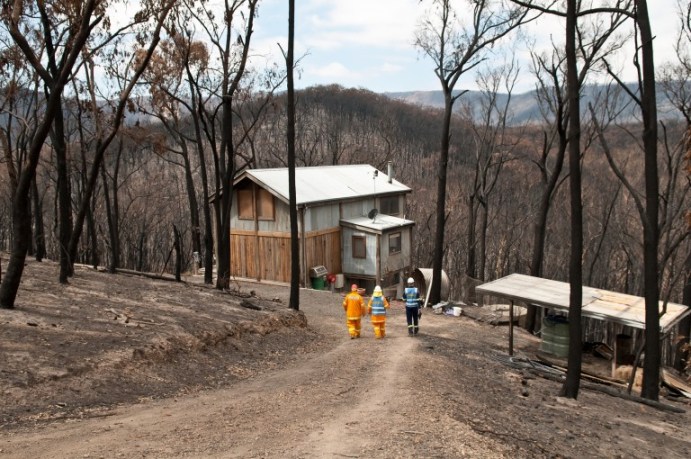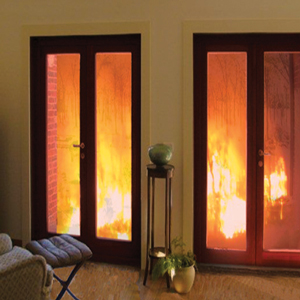
How can you design a bushfire-proof home?
Once again, bushfire season is upon us. For many Australians, it’s a time of anxiety when it comes to considering the safety of their friends, family and home. There is no shortage of tips when it comes to protecting your house retrospectively, but recently there has been a surge in thinking pro-actively. Instead of designing your dream home and then altering it later to fit bushfire safety standards, it is even more beneficial to design your home specifically so it has more chance of being left standing if a bushfire should ever sweep through.
How is my property at risk?
Starting at the very base of the design process, the best way to find out what kind of risk your property has in bushfire season is to get a professional to conduct a Bushfire Attack Level (BAL) assessment. The assessment will place your property on a scale outlining the risk your property faces due to its proximity to bush, the slope of the property and the proximity to main roads, as well as a whole host of other factors. The BAL level determines the construction method and materials that must be used when building on your property.
For all properties, the main points of concern are embers becoming trapped in small spaces and the escape plans in a fire emergency– for example, if you have a timber deck that is at risk of catching fire, do you have another way to exit the house?
Which materials can I use?
Steel-framed houses are rising in popularity in recent times – instead of relying only on the external cladding to protect your home, with a steel-framed house, you can design your whole wall system to withstand a bushfire.
In other parts of the property such as window frames, verandahs, decks and gardens, materials such as stone, concrete, earth or galvanised iron should be chosen to prevent the spread of fire, should it hit your property. There are many materials specifically identified as suitable for use in bushfire areas. If timber is your material of choice, there are many fire retardant timbers on the market, , and these should always be the priority.

Which areas are most at risk?
While your whole property can be at risk in bushfire season, it’s important to pay special attention to the following areas:
- Gardens – design with the future in mind, leaving a 5m wide path between the house and the garden and choose plants that are fire retardant and will survive the bushfire season without dropping small branches into gutters, increasing your risk.
- Decks and verandahs – using fire retardant timber,making sure that the space between the decking timbers is minimised and the area underneath the deck is sealed off can prevent any embers becoming trapped underneath the house.
- Roof and gutters – have a pitched roof, with a slope on either side without any tiny little valleys that may attract embers. Include gutter gadgets such as Fire Plugs which connect to your hose, allowing the gutter to be filled with water in case of an emergency.
Simply taking some time to consider the risk to your property in bushfire season and taking care to incorporate preventative measures into your initial building designs will help protect you and your property. If you’re looking to build and you need guidance on how to safeguard your property against bushfire, contact Ruth Newman Architect today.
by Ruth Newman
